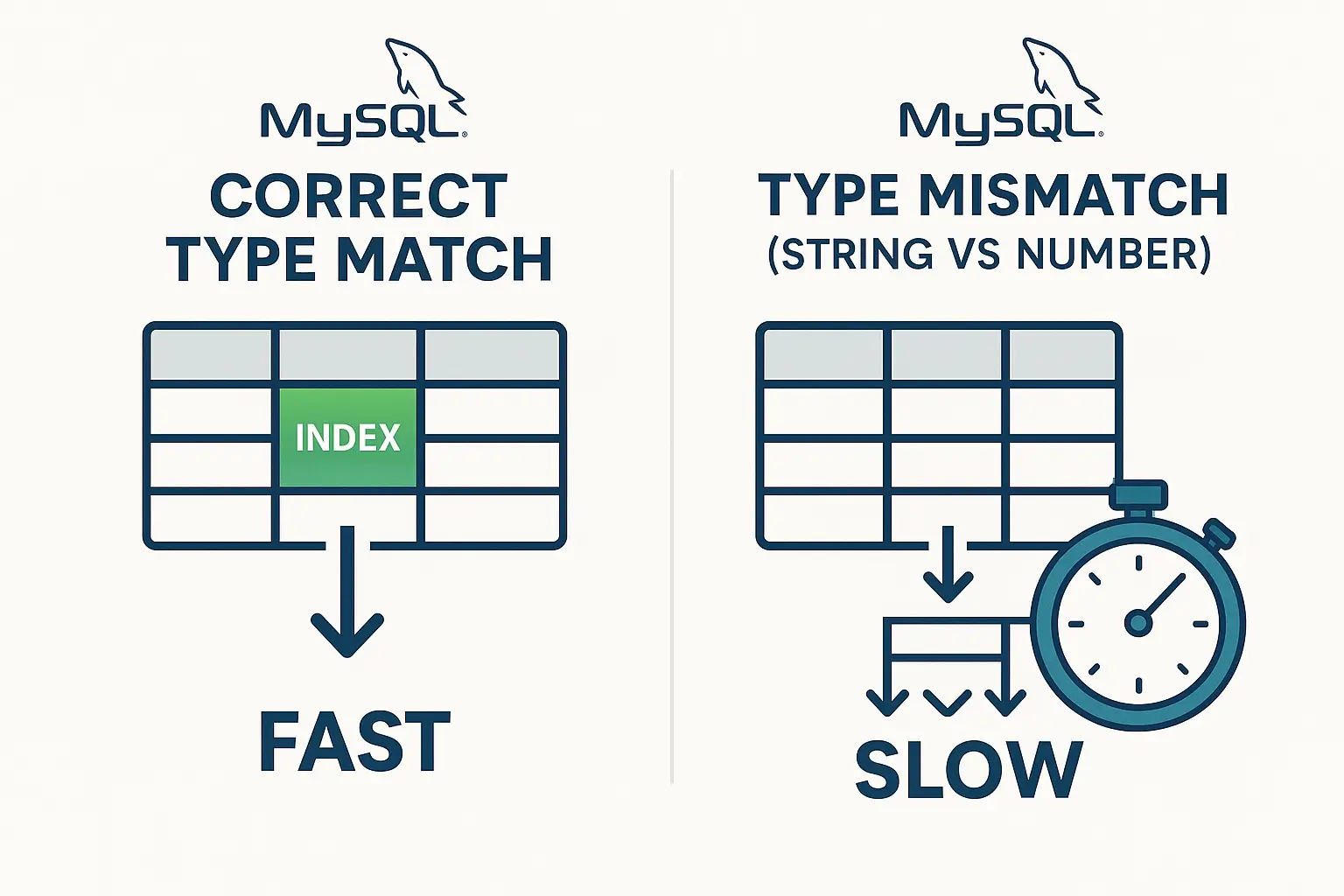Understand TLS Offloading
TLS Offloading refers to the process of delegating the tasks of encrypting and decrypting TLS (Transport Layer Security) traffic to a dedicated component, such as a load balancer, rather than having those tasks performed by your application servers. Here’s a clearer breakdown of what TLS offloading involves and why it’s beneficial:
What is TLS?
- TLS (Transport Layer Security) is a protocol that encrypts the data transmitted between a client (like a web browser) and a server (like a web server) to ensure secure communication.
- SSL (Secure Sockets Layer) is the older version of this protocol, and TLS is its successor. TLS is used to establish a secure and encrypted connection.
TLS Offloading Explained
- Encryption/Decryption Process:
- Encryption: Converts plaintext data into unreadable ciphertext using an encryption algorithm and a key.
- Decryption: Converts ciphertext back into readable plaintext using a decryption algorithm and the same key.
- Offloading TLS:
- TLS Termination: This means that the load balancer (like a Network Load Balancer) handles the process of encrypting and decrypting TLS traffic. When a client sends encrypted data (e.g., HTTPS requests), the load balancer decrypts this data before forwarding it to your backend servers.
- Benefits: By offloading this process to the load balancer, your application servers are freed from the computational burden of encryption and decryption. This can significantly improve the performance of your backend application servers, as they can focus on handling application logic rather than managing secure communications.
- How It Works:
- Client to Load Balancer: The client connects to the load balancer using TLS (HTTPS), and the load balancer handles the secure connection.
- Load Balancer Processing: The load balancer decrypts the incoming encrypted data, processes it as needed, and then forwards the unencrypted data to the backend application servers.
- Server to Load Balancer: When the backend servers respond, the load balancer re-encrypts the data before sending it back to the client.
Key Points:
- Performance Improvement: Offloading TLS to a load balancer can reduce the processing load on your backend servers, allowing them to handle more requests or perform other tasks more efficiently.
- Centralized Management: Managing and renewing TLS certificates can be centralized at the load balancer, simplifying certificate management and security.
- Security: TLS offloading at the load balancer ensures that encrypted traffic is handled securely and that only decrypted traffic reaches your backend servers.
Summary
TLS Offloading is the practice of delegating the tasks of encrypting and decrypting secure connections (TLS/SSL) from your application servers to a load balancer. This optimizes performance by reducing the computational load on your servers and centralizes certificate management, enhancing overall security and efficiency.





